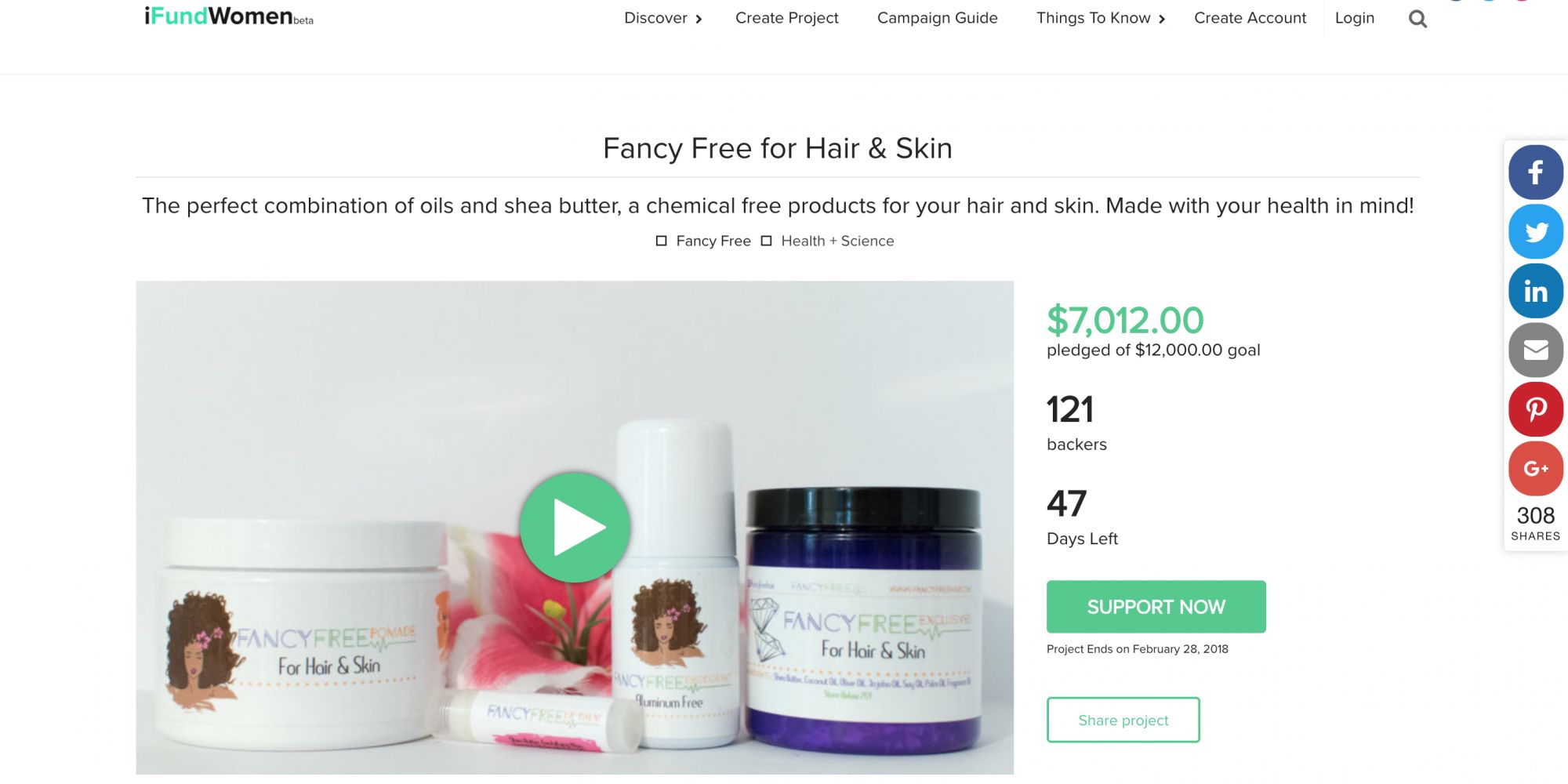
Crowdfunding For A Beauty Brand? Start Small
When Finnigan Jones and Lyndsey Johnson launched their first Kickstarter campaign last July, they sought to raise $75,000 during a 30-day period for their fledgling natural perfume brand Luna Noel.
They’d prototyped about 100 units, but needed an infusion of funding before they could expand. By tapping Kickstarter, the founders were hoping to gain exposure and test their concept, which revolves around crystal-charged perfumes they call Earth Moods, to see if it was worthwhile pursuing customers beyond their local community and friends.
“We were at the point where we had a little bit of inventory and needed some money to buy more essential oils to make more product,” says Jones. “We thought, ‘Do we get a loan or do we pool our money together?’ We had both put in money already, and we have a bunch of friends and family and a great network, so let’s see if they want to contribute as well.”
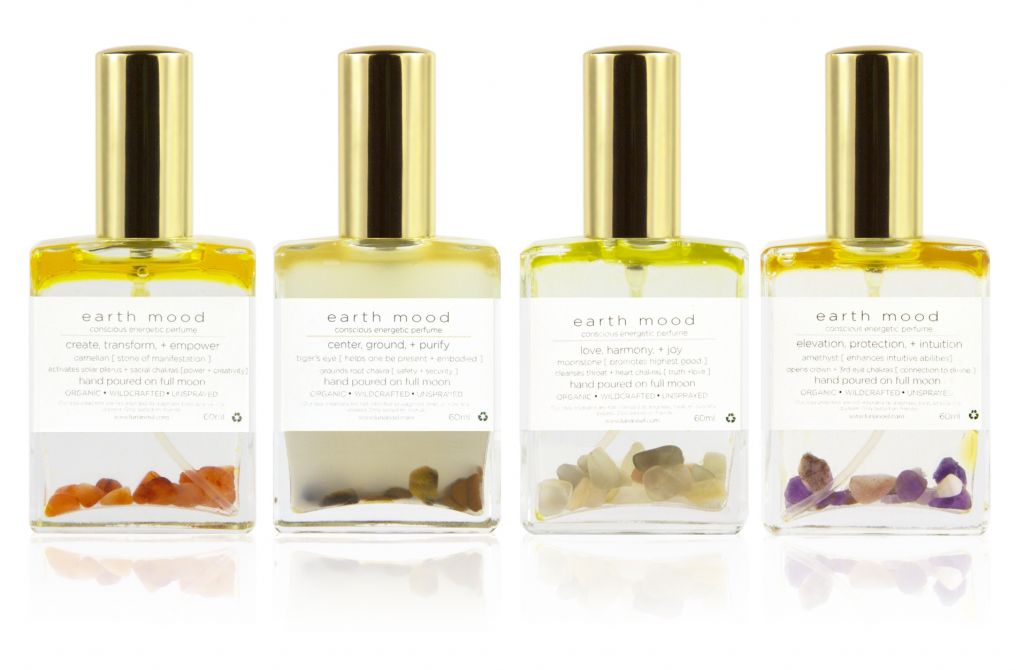
After about a week, Jones and Johnson cancelled their Kickstarter effort, leaving $9,000 they had already raised on the table and falling well short of their target total. They promptly realized they had to change their campaign significantly to make it work.
Jones and Johnson aren’t the only beauty brand founders who’ve faced obstacles crowdfunding. The sites have reputations for catering to tech enthusiasts, not beauty junkies. Beauty brands have difficulty drawing the dollars of funders searching for the latest snazzy doodad, and they’re further hindered by poor placement on crowdfunding platforms.
“It’s really tough because Kickstarter has different categories for fashion and art, and they even have a separate category for dance. They have technology, of course, but they don’t have a separate category for skincare,” says Drifter Organics co-founder Micaela Hoo, who embarked on a Kickstarter campaign in April 2016. Drifter Organics set a goal of $7,000 and raised more than $11,000, but Hoo thinks some of the problems for Kickstarter in beauty stem from the fact that beauty is hard to locate on the platform.
In a recent search, no clear “beauty” or “skincare” category on Kickstarter popped up. The main Kickstarter categories are games, film, arts, publishing, food and craft, design and tech, and comics and illustration. The immediate results for a search for “beauty” are photo and music projects along with one beauty tech device.
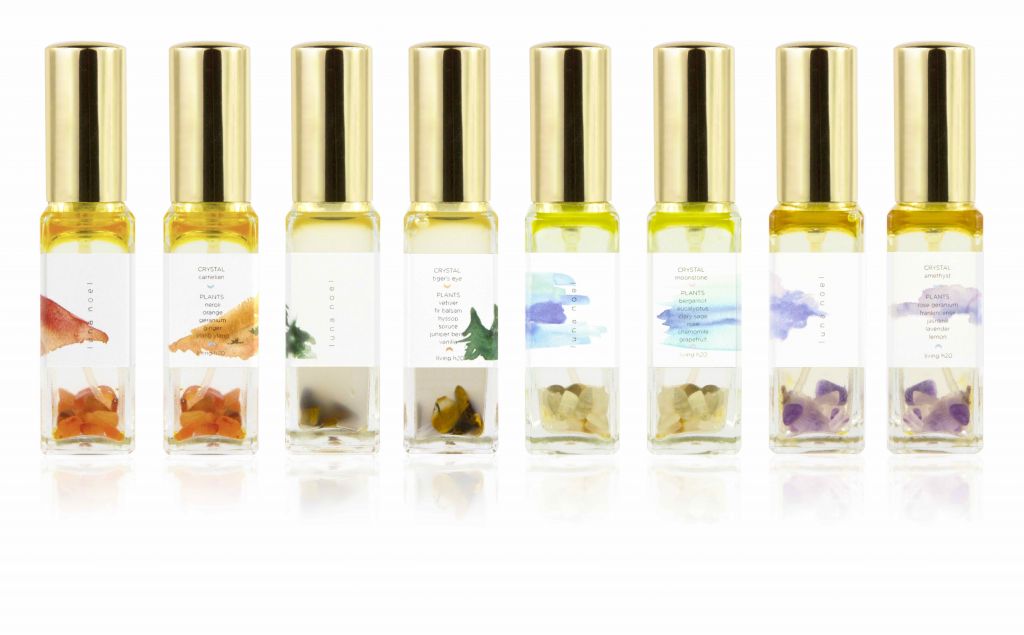
On crowdfunding site Indiegogo, there are “fashion and wearables” and “health and fitness” under its “tech and innovation” heading plus a “wellness” category under its “community projects” heading, but no obvious beauty or skincare categories.
“There are a lot of natural beauty startups that I think would be successful on Kickstarter if they could at least make a category for wellness and beauty,” says Hoo. “It was frustrating for us to figure out which category we should be in.”
Beauty brands on Kickstarter have a success rate of about 25%, a similar rate to the fashion category, says Kickstarter direct of strategy and insights Jon Leland. The average success rate across Kickstarter projects is 36%, with dance, theater and comics having the highest success rates. Film and video, currently the category with the most projects, has a success rate of 37%.
Leland says beauty brands tend to have a challenging experience with crowdfunding campaigns if “all they are is a traditional beauty brand.” He elaborates, “The projects that can succeed in crowdfunding have to have a more unique vision than just the desire of the creator to start a beauty product. That can mean technical innovation (such as f.lashes), environmentally friendly or materials innovation (such as vegan makeup) or serve communities that are currently not catered to by traditional beauty companies.”
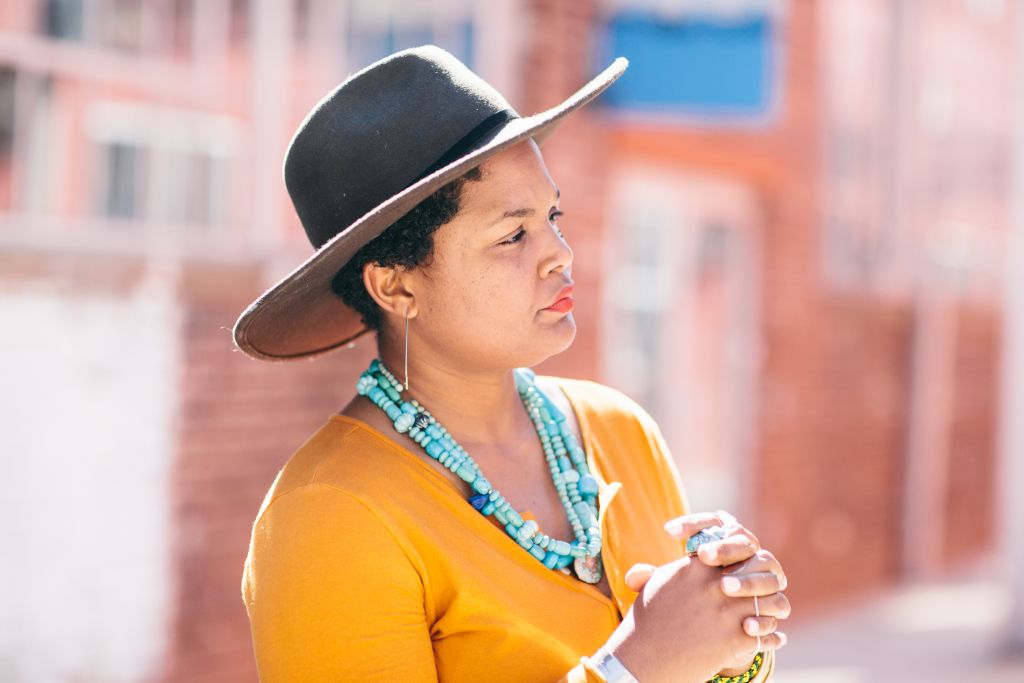
There are certainly examples of lucrative beauty campaigns on Kickstarter. Leland points to a recent campaign from Glamour Dolls founder Jessica Romano to create makeup featuring the designs of Lisa Frank. Romano had a goal of $30,000, but ended up raising $370,000 in one of the fastest-growing campaigns in Kickstarter history.
Leland advises startup founders to pursue a unique idea “that will speak to people.” He says, “Know your community, have a plan to engage them, and you can be successful.”
Luna Noel went back to the drawing board and launched a new Kickstarter campaign after the initial attempt failed. Jones and Johnson adjusted their goal to $15,000, tweaked their page to be user-friendly, made the pledge options less confusing and added pictures. They raised slightly more than their goal during a 30-day period, and Jones says the fruitful second attempt gave them “a lot of validity in the business world.”
The Luna Noel founders compare the experience to a startup boot camp. They received feedback from their customers and refined product marketing. To other entrepreneurs considering crowdfunding campaigns, Jones and Johnson suggest investing in high-quality video. Going forward, they’re not sure they’d do another campaign unless it was for a separate product or company.
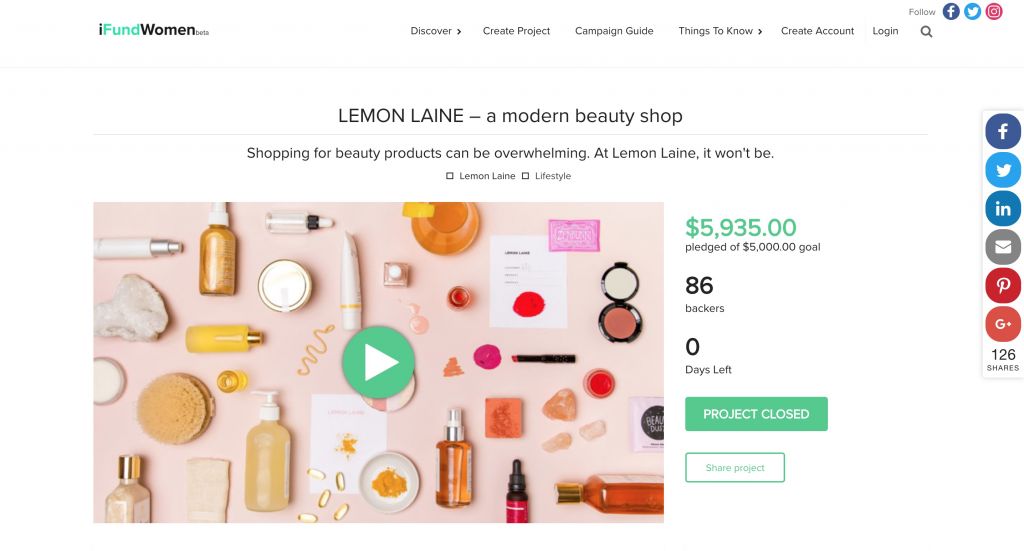
Beatrice Feliu Espada, founder and CEO of The Honey Pot Company, turned to Indigogo to raise money for her feminine care brand. She was keen on involving the customer in the product development and manufacturing process.
“We felt strongly that our customers want to see us grow and for them to be a part of that growth and evolution in such a personal way would make them more vested in the long run,” says Feliu Espada. She established a goal of $350,000 to pay for manufacturing, marketing and getting tampons to retail. Feliu Espada chose Indiegogo because of its popularity and the ease of completing a profile.
Honey Pot promoted the campaign with social media posts, email blasts and ads on Spotify, and offered perks for donors. It didn’t turn out to be the big success Feliu Espada hoped for and closed after accumulating $2,216.
“We learned quickly that certain demographics don’t participate in crowdfunding,” she says. “If we were to ever do crowdfunding again, we would employ a crowdfunding manager to oversee the entire campaign from creation to implementation to the close. It’s truly a full-time job, and we didn’t have the bandwidth or manpower to properly focus on the campaign the way we desired.”
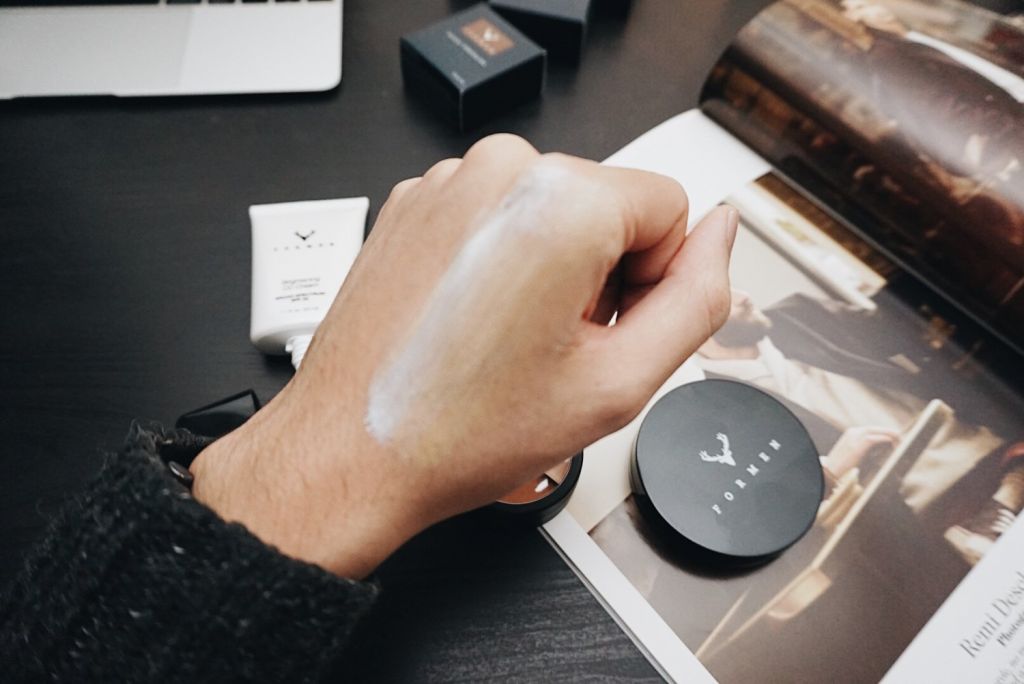
Feliu Espada added that it’s worthwhile to research a brand’s customer demographics in advance to determine if its customers are familiar with crowdfunding. She hasn’t lost all faith in crowdfunding. Feliu Espada says, “It is definitely a great idea and works well for lots of companies, so it’s worth exploring if you’re a new brand or a startup.”
Aiming for a small fundraising amounts is a smart tactic for beauty brands wading into crowdfunding.
Andrew Grella, who is founder and CEO of male makeup and skincare brand Formen Inc., set a Kickstarter goal of $3,000 and topped $3,600 in roughly three weeks. The sum covered what he estimated would be required to ready his product for shipments. He categorized the Formen campaign as “technology” because the brand has differentiated technology in its brightening CC cream. Despite being the technology category, he understood Formen wasn’t likely to score a prominent position on Kickstarter because it’s a beauty brand.
“The beauty section of crowdfunding is really not cool like a robot that can fold your laundry. So, you’re competing with people making product that are super high-tech and super cool and out of the ordinary, whereas beauty is readily accessible at Sephora, the drugstore or Walmart,” says Grella. “It’s hard to show people why the product is different and unique.”
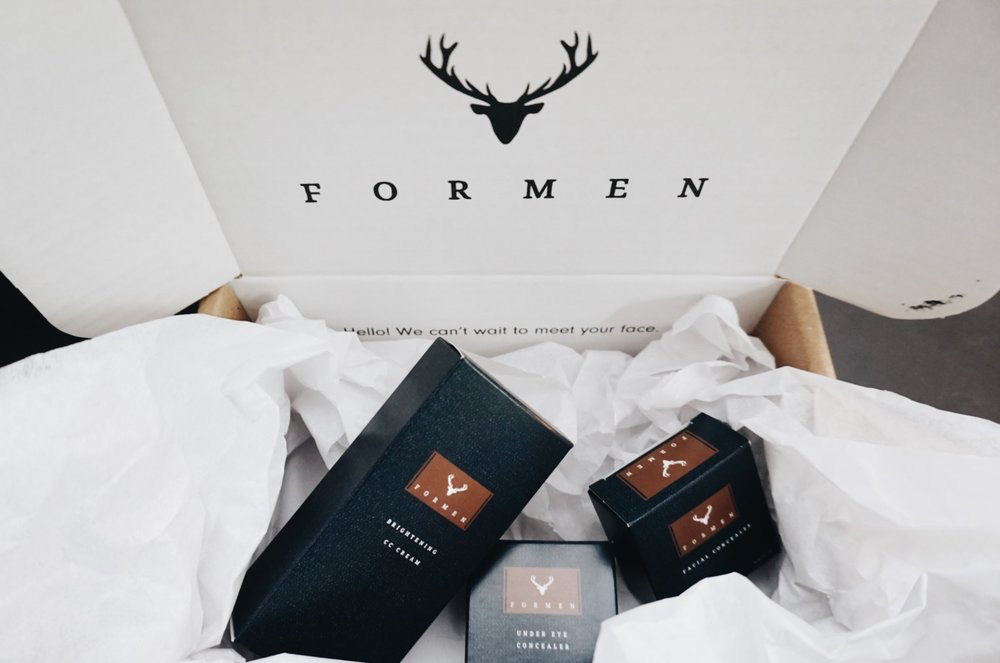
Although the Formen campaign was successful, if he had to do it again, Grella says he would have done extra preparation, including reaching out to media outlets, planning for a longer campaign, and allocating time to troubleshooting. Formen dealt with a packaging problem that delayed shipments and upset its funders.
Grella believes a crowdfunding source dedicated to health and beauty would be popular among beauty fans and bloggers coveting products in the category. Alternatives to Kickstarter and Indiegogo have cropped up to fill gaps in the crowdfunding universe.
One-year-old crowdfunding platform iFundWomen is dedicated to women-led businesses, and incorporates coaching and video production to its services. Founder Karen Cahn says a crowdfunding campaign helps businesses generate demand before they build supply.
So far, iFundWomen has raised more than $1.3 million for businesses, and the average raised by a business on the platform is $7,500, which Cahn reports is higher than the average $4,500 for crowdfunding generally.
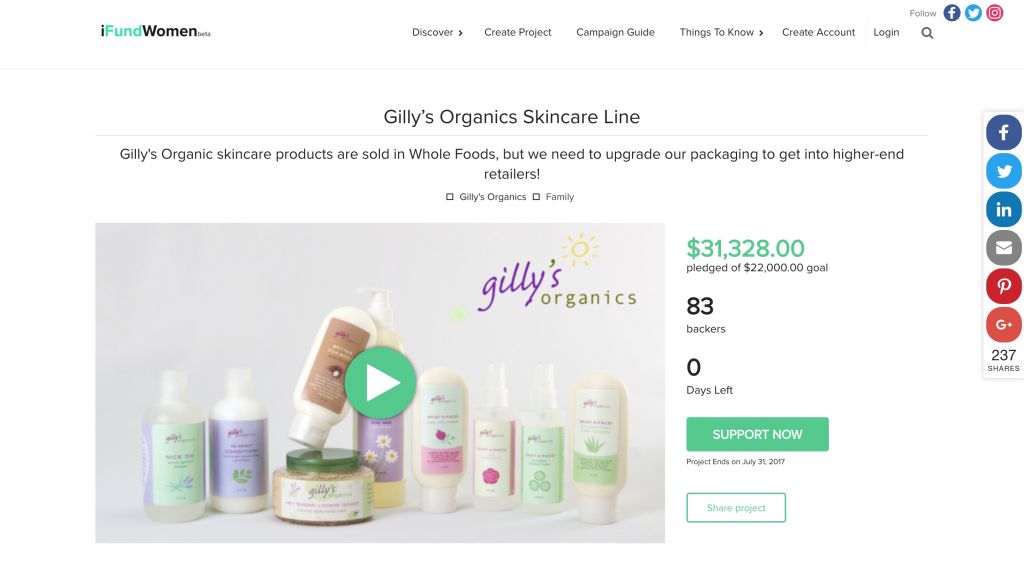
Cahn notes that beauty tends to do well on iFundWomen. “The raises tend to be smaller because they are trying new products,” she says. “People are more reticent to put something on their skin that they haven’t sampled before.”
She recommends beauty founders launch a campaign with a product that has been in their local market for at least a year. With that history under their belts, founders can respond to early feedback, record customer success stories and amass social media followings to validate their merchandise. She also counsels founders to plan marketing and social content to promote campaigns ahead of their launches.
Gilly’s Organics is an iFundWomen hit. The brand raised $35,000 on a $20,000 goal and put the money toward redoing its packaging. Cahn reasons that a crowdfunding campaign can be useful if a founder has a specific objective such as marketing, exposure or feedback on revamped packaging rather than striving for a campaign to go gangbusters.
“I think about success in the context of what the entrepreneur will get out of the campaign,” says Cahn. “So, for something like beauty, skin and hair, that’s not really a multimillion-dollar viral campaign.”
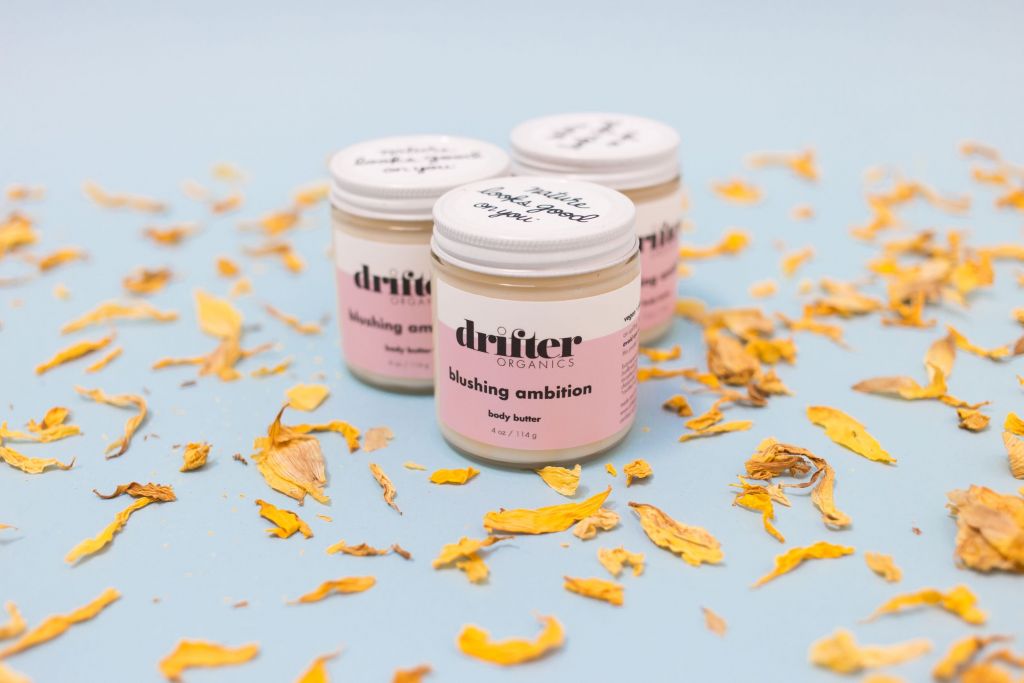
Takeaways
- Beauty brands raising money on crowdfunding platforms can have a hard time standing out because there’s no obvious category for beauty.
- Founders raising modest amounts of money are more successful than those aiming for hefty sums.
- Experts advise beauty brands intent on crowdfunding to build a local network, appeal to a niche audience, create a compelling video and plan out promotional efforts.
- Campaigns with smaller, specific goals in crowdfunding are more likely to be effective than those attempting to launch a viral campaign.
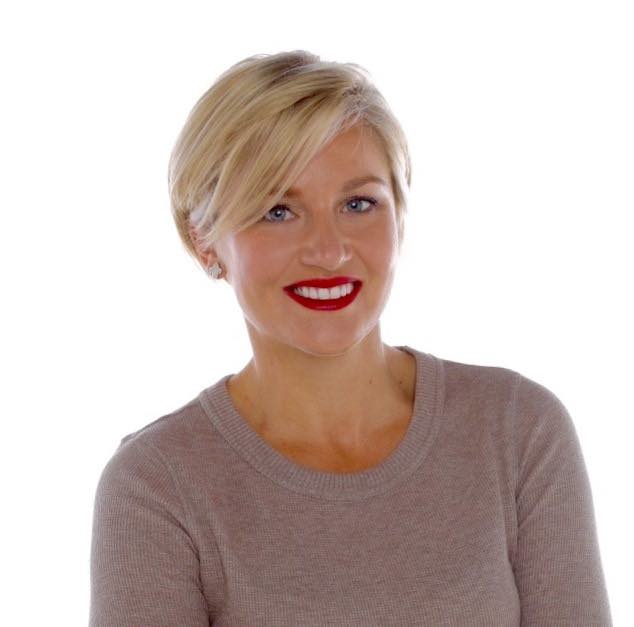
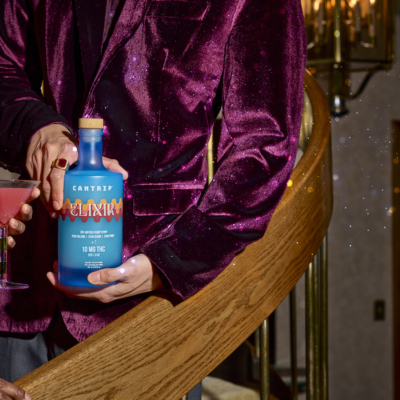
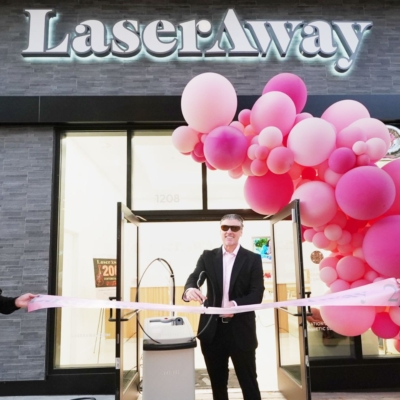
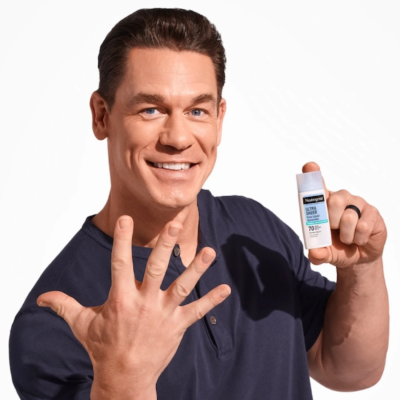
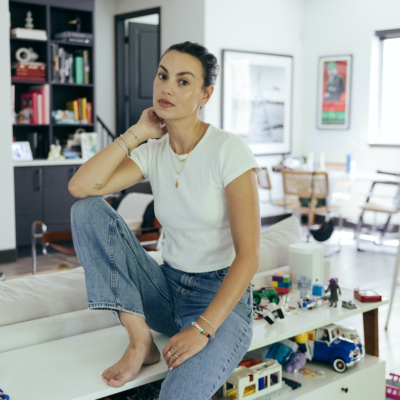
Leave a Reply
You must be logged in to post a comment.